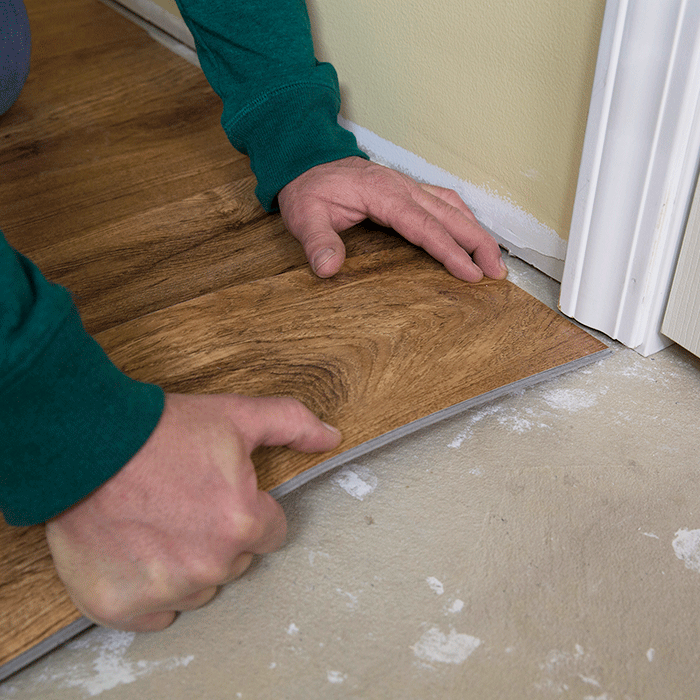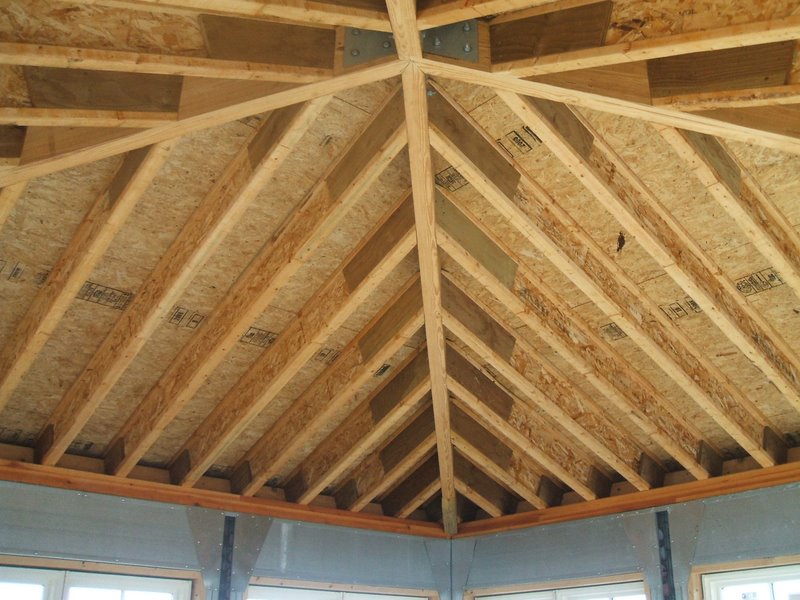Installing a Strip Floor. RACKING AND NAILING.
Blind-nailing means the nails go un seen in the finished job. With flooring, this happens by nailing at an angle through the tongue so the head of the nail ends up well below the floor sur face. Face-nailing is just that—you nail through the top face of the flooring and putty the hole before finishing.
After installing the first row, it’s more efficient to set out all the flooring before continuing to install, rather than selecting a board and nailing it down, selecting a board and nailing it down, and so on. Racking is the process of arranging the flooring boards prior to fastening them to the subflooring. This technique allows you to focus on choosing the right boards, allowing an unbroken rhythm when it’s time to start nailing. A 500-sq.-ft. room may have over one thousand boards installed in the floor, and each may vary in length, color, and grain pattern. Arrange the boards in such a way that lengths, color, and grain variations create an aesthetically pleasing pattern. A very light or dark board will stand out like a sore thumb. Working from several containers of flooring at a time helps ensure a uniform color mix. Racking allows you to step back and see the floor from the perspective of the customer. That can help to avoid hearing the question, “How could you install those boards?”
Once most of the wood flooring has been racked out and the first rows installed, the meat and potatoes of the installation can begin. If you’re using a pneumatic nailer, keep the airline behind you so it doesn’t get in the way. Your shoulder should be in line with the flooring when swinging the flooring mallet, which will keep the mallet landing flat, instead of on an angle.







